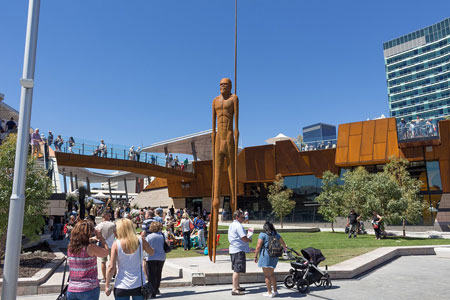Dutch Passport Translation Service
Dutch translator » Dutch Passport Translation
Dutch Passport Translation
Get fast and certified Dutch to English passport translations. All certified Dutch passport translations are prepared by NAATI accredited Dutch translators.
Certified Dutch passport translations are often required for legal purposes in Australia and for passport renewal. Our Dutch translators are experienced in delivering certified translations of passports for use in Australia.
Get a quote
Latest Testimonials

Dutch (NAATI) Translator
Get the best Dutch marriage certificate translators that are NAATI accredited in Australia. To begin your Dutch marriage certificate translation, upload your documents using the form on this page for a quick quote.

About the Dutch Language
The Dutch language is a West Germanic language that is spoken by around 24 million people as a first language—including the population of the Netherlands and about sixty percent of Belgium—and by another 5 million as a second language.
Among the Indo-European languages, Dutch is grouped within the Germanic languages, meaning it shares a common ancestor with languages such as English, German, and the Scandinavian languages. All Germanic languages are subject to the Grimm's law and Verner's law sound shifts, which originated in the Proto-Germanic language and define the basic features differentiating them from other Indo-European languages. This is assumed to have taken place in approximately the mid-first millennium BCE in the pre-Roman Northern European Iron Age.
The Germanic languages are traditionally divided into three groups: East (now extinct), West, and North Germanic. They remained mutually intelligible throughout the Migration Period. Dutch is part of the West Germanic group, which also includes English, Scots, Frisian, Low German (Old Saxon) and High German. It is characterized by a number of phonological and morphological innovations not found in North or East Germanic. The West Germanic varieties of the time are generally split into three dialect groups: Ingvaeonic (North Sea Germanic), Istvaeonic (Weser-Rhine Germanic) and Irminonic (Elbe Germanic). It appears that the Frankish tribes fit primarily into the Istvaeonic dialect group with certain Ingvaeonic influences towards the northwest, which are still seen in modern Dutch.
Other documents we translate
- Dutch driving licence translation
- Dutch financial document translation
- Dutch bank statement translation
- Dutch birth certificate translation
- Dutch marriage certificate translation
- Dutch name-change certificate translation
- Dutch degree translation
- Dutch diploma translation
- Dutch employment record translation
- Dutch school transcript translation
- Dutch passport translation
- Dutch police report translation
- Dutch no-criminal record translation
- Dutch personal letters and cards
- Dutch utility bill translation
- Dutch death certificate translation
- Dutch medical record translation
- Dutch legal document translation service
- Dutch translator for AHPRA
- Dutch translator for Engineers Australia
- Dutch translator for IMMI, DFAT
- Dutch English translator for UAC
- Dutch to English translation for local Australian universities
- English to Dutch translation for overseas universities
Dutch translation services - For all requests, email us for a quick quote.
Professional Dutch Translator Services
- agriculture, forestry and fisheries industries
- automotive engineering translation
- advertising and marketing translation
- biomedical engineering translation
- aged care and child care facilities
- educational document translation
- employee induction and training document translation
- migration document translation
- energy, mining and resources industries
- medical translation
- legal document translation
- financial translation
- school letters to parents
- technical translation
- Dutch translation service for brochures and flyers, working in design files such as Adobe InDesign, Illustrator, PowerPoint or Publisher (DTP Services)
- Dutch brochure translation and typesetting services

